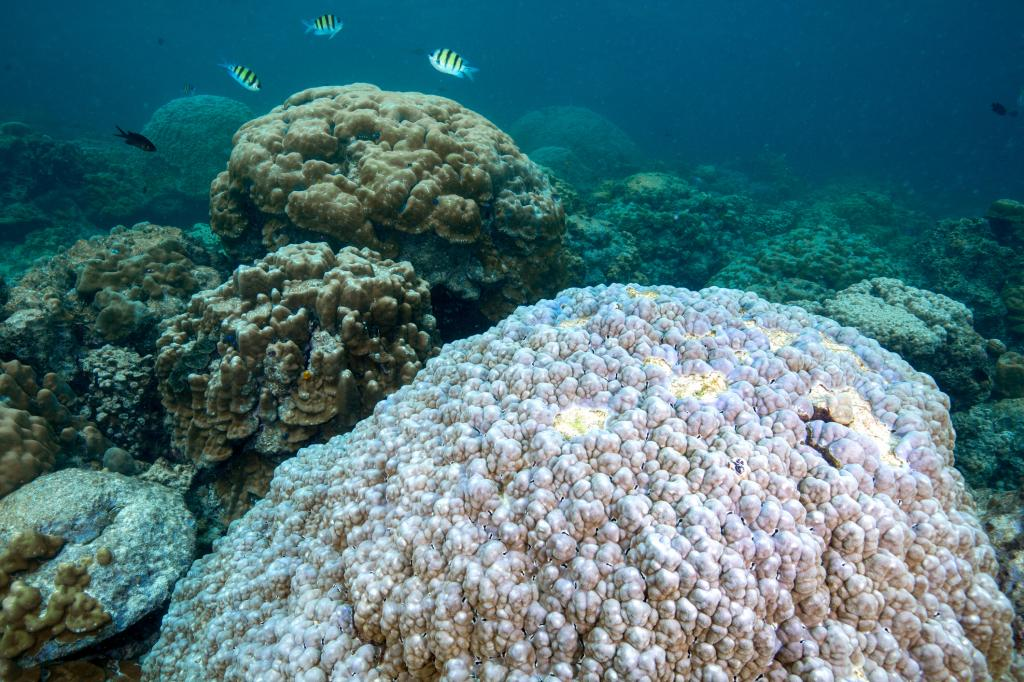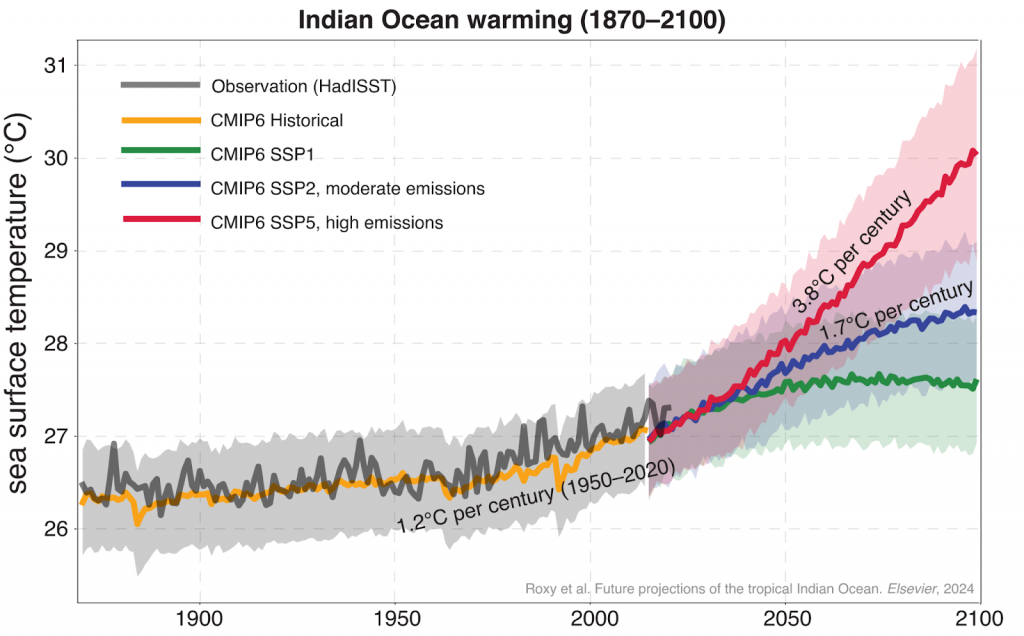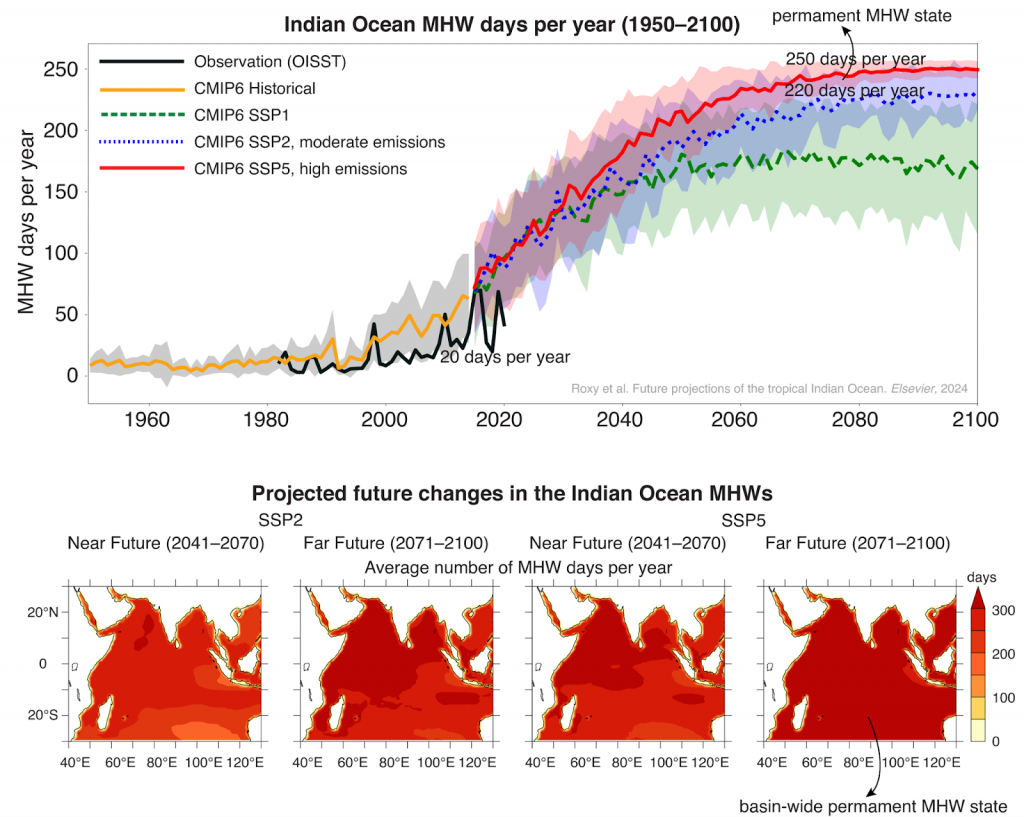Free Courses Sale ends Soon, Get It Now


Free Courses Sale ends Soon, Get It Now



Disclaimer: Copyright infringement not intended.
Context:
Details of the findings

Impacts:
|
●In the positive phase of the IOD, when the western parts of the Indian Ocean are warmer than the eastern parts, monsoon rainfall generally increases across many regions in India and the rest of South Asia. ●In the negative phase, when the western parts of the ocean are cooler than the eastern parts, less than normal rainfall is observed during the post-monsoon period in northwestern India. |

Conclusion:
Marine Heatwaves details:
https://www.iasgyan.in/daily-current-affairs/marine-heatwaves
Source:
|
PRACTICE QUESTION Q) Discuss the findings of the recent study published in Science Direct regarding the unprecedented and accelerated warming trends in the Indian Ocean. Evaluate the potential impacts of this warming on regional climate patterns, extreme weather events, marine ecosystems, and socio-economic factors. (250 words) |
© 2024 iasgyan. All right reserved